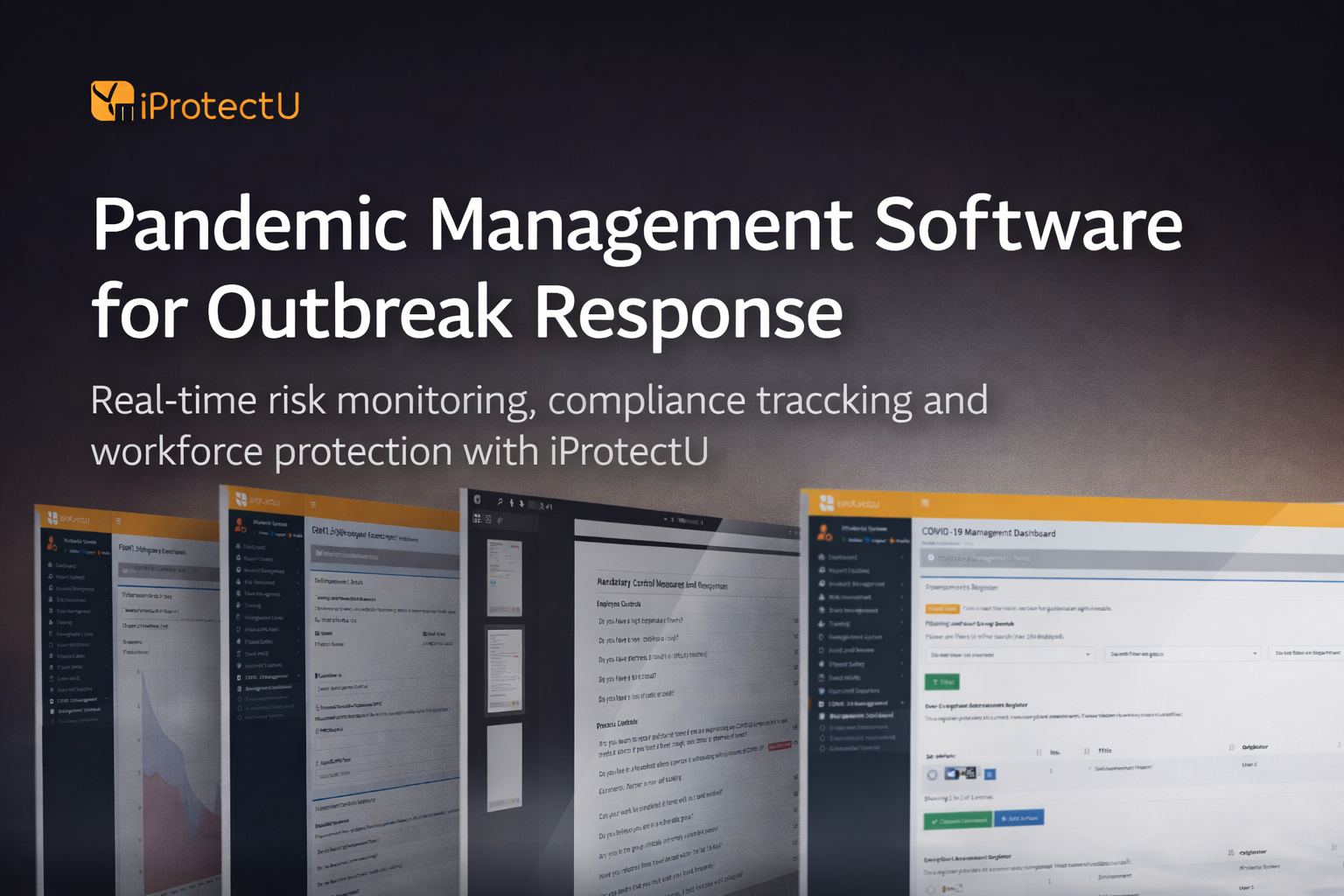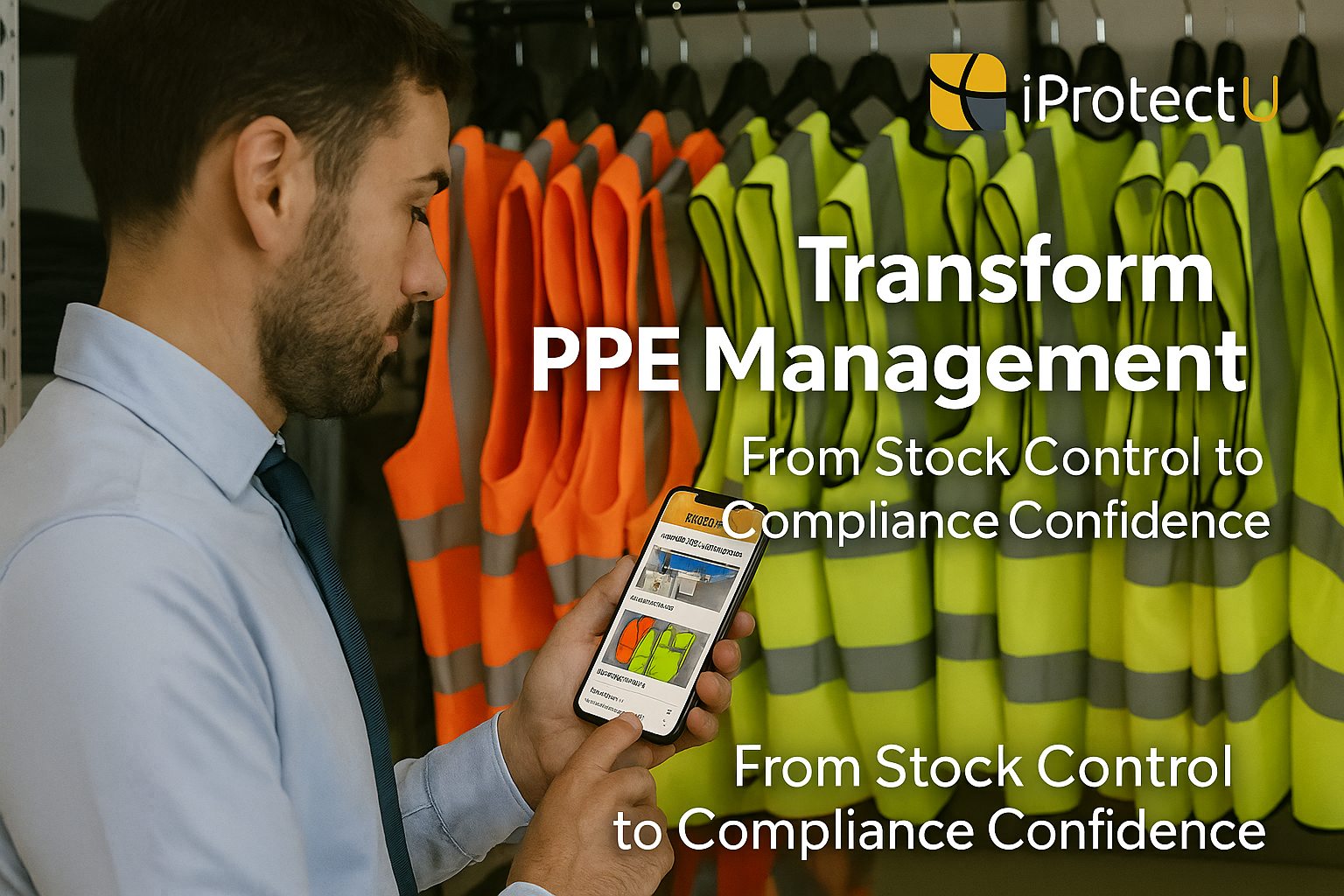
Twas the Night Before Compliance: A Very iProtectU Christmas & New Year’s Tale
Ho ho hold on – before you climb that ladder to hang the fairy lights…
Health and Safety Software » Health and Safety Software News » Risk Assessment » Chemical Management » Steps to Completing a Chemical Assessment

Chemical assessments in the workplace can be used to:
Step One: Identify the chemicals to be assessed
The first step in completing a chemical assessment is to identify the chemicals that need to be assessed. This may involve:
Step Two: Gather information on the chemicals
Once the chemicals to be assessed have been identified, ensure to gather information on their properties and hazards. This information can be found in a variety of sources, including:
The information gathered should include:
Step Three: Assess the risks of exposure
Once information on the chemicals’ properties and hazards has been gathered, ensure you assess the risks of exposure. This involves considering:
Step Four: Develop and implement risk management measures
If the risk assessment identifies significant risks of exposure to a chemical, then appropriate risk management measures should be developed and implemented. These measures may include:
Step Five: Monitor and review the effectiveness of risk management measures
Once risk management measures have been implemented, it is important to monitor and review their effectiveness on a regular basis. This should involve:
Tips for completing a chemical assessment
Example of a chemical assessment
Chemical: Toluene
Hazards: Toluene is a flammable liquid that can cause irritation to the eyes, nose, and throat. Exposure to high levels of toluene can cause dizziness, headache, nausea, and vomiting. Long-term exposure to toluene can damage the central nervous system and liver.
Routes of exposure: Toluene can be inhaled, absorbed through the skin, or ingested.
Exposed population: Workers in the workplace who are exposed to toluene include:
Existing risk management measures: The workplace has the following risk management measures in place to protect workers from exposure to toluene:
Risk assessment: The risk assessment has determined that the risk of exposure to toluene in the workplace is low, provided that all risk management measures are in place and followed.
Recommendations: The risk assessment recommended the following:
The iProtectU health and safety software provides:
Arrange your demonstration
Let us show you how we can transform your health and safety, risk and compliance management
Please choose a date and time for your demo. We look forward to meeting with you.

Ho ho hold on – before you climb that ladder to hang the fairy lights…

Europe’s rising influenza activity underscores the importance of having the right digital tools in place.

iProtectU is proud to support the Final Straw Foundation’s Native Oyster Restoration Project, helping restore

When a national voice like IBEC publishes your perspective, it matters.
This week, iProtectU

Modern HSE software has evolved into a strategic necessity, empowering organisations to manage risk proactively,

Managing personal protective equipment (PPE) doesn’t have to be a paperwork struggle. With iProtectU, safety